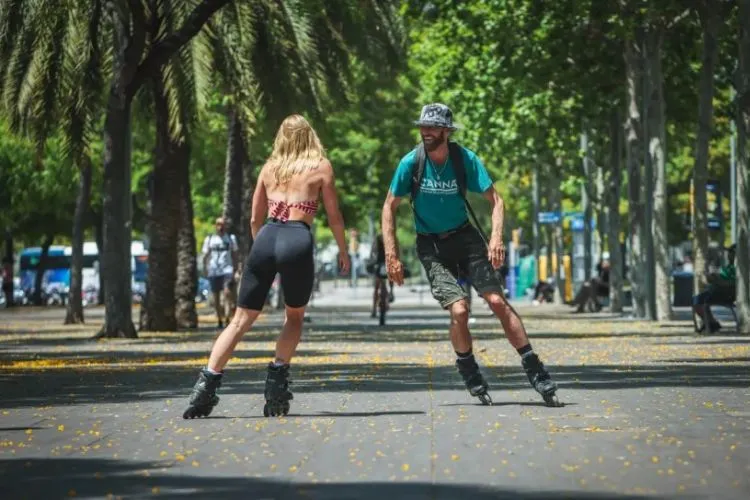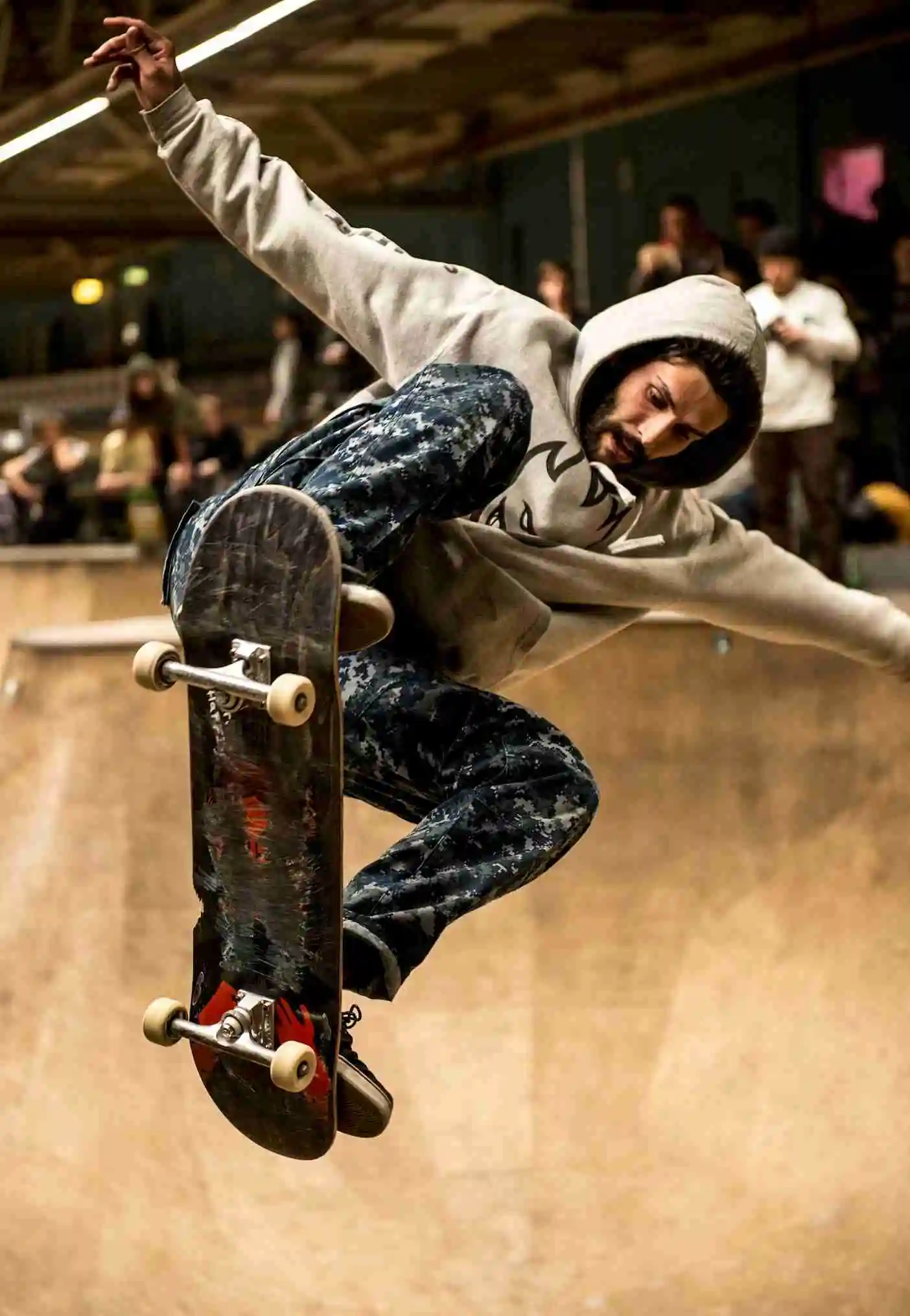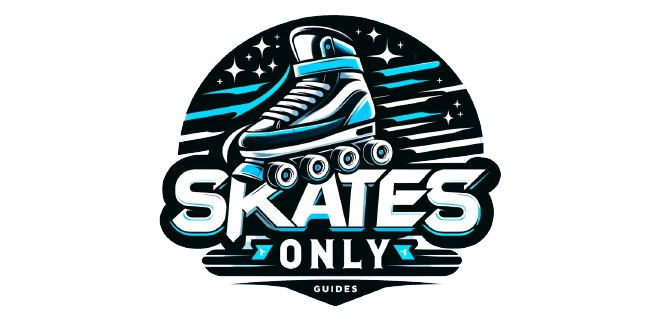Inline skating, a sport that combines speed, agility, and the thrill of skating on wheels, has long occupied a unique place in the world of sports. Despite its global presence and a passionate following, inline skating is often labeled as a minority sport—but is that truly the case?
Inline skating, a sport that combines speed, agility, and the freedom of skating on wheels, has long stood on the fringes of mainstream sports. Despite its global presence and dedicated following, it often earns the label of a minority sport. So, is inline skating a minority sport?
This article delves into the heart of inline skating, exploring its journey, present state, and what the future might hold for this dynamic activity.

History of Inline Skating
Originating from ice skating, inline skating evolved as an off-season training exercise for athletes. It later transitioned into a standalone sport, captivating enthusiasts with its blend of speed and grace.
But unlike sports such as football or basketball, inline skating did not immediately capture widespread media attention or corporate sponsorship. This modest beginning set the stage for its development, away from the limelight, nurturing a tight-knit community that thrives on passion and perseverance.
Is Inline Skating a Minority Sport?
Today, inline skating is celebrated in pockets of the world, with countries in Europe and parts of Asia leading the charge in popularity. The sport branches into various disciplines, including speed skating, freestyle, aggressive inline, and recreational skating.
Each discipline has its dedicated practitioners, events, and culture, contributing to the sport’s diverse appeal. However, despite these vibrant communities, inline skating remains underrepresented in mainstream sports media. Its presence is often overshadowed by more traditional, widely recognized sports.
Challenges Facing Inline Skating
One of the key hurdles for inline skating is media visibility. The sport’s events and achievements rarely make headlines, limiting its exposure to a broader audience. This lack of visibility hampers public interest and restricts its growth.
Additionally, access to facilities and public spaces for inline skating is a significant challenge. Many urban areas lack dedicated spaces for skaters, and where facilities do exist, they often prioritize more mainstream sports. This limitation not only affects current practitioners but also restricts potential newcomers from trying the sport.
Official recognition is another battlefront. For a sport to thrive, acknowledgment from sports authorities and inclusion in major competitions like the Olympics are crucial. Inline skating has struggled on this front, though recent efforts aim to change this narrative.

Inline Skating Community and Culture
At its core, inline skating boasts a vibrant, inclusive community. Skaters often speak of the sport’s camaraderie and the shared experience of skating.
This strong sense of community is evident in local events, online forums, and social media, where skaters share tips, celebrate achievements, and organize meet-ups.
Notable athletes and influencers within the sport play a crucial role in promoting inline skating. They showcase the sport’s potential and inspire newcomers to join. Social media platforms have been instrumental in this regard, offering a space for skaters worldwide to connect and share their passion.
The Future of Inline Skating
Despite the challenges, the future of inline skating shines with potential. Initiatives to increase its visibility are underway, with efforts focused on securing spots in major sports competitions and leveraging social media to attract a wider audience.
The community’s resilience and innovation hint at a bright future where inline skating gains the recognition it deserves.
Growth and development lie in nurturing the grassroots, improving public access to skating facilities, and continuing to foster the sport’s inclusive, welcoming culture. As these efforts take root, inline skating’s journey from a niche activity to a celebrated sport will undoubtedly inspire new generations of skaters.
Community initiatives also play a pivotal role in this evolution. From organizing local competitions to advocacy for better facilities, the inline skating community’s proactive approach will undoubtedly drive the sport forward.

Health Benefits of Inline Skating
Inline skating is not only a thrilling sport but also offers numerous health benefits, making it an excellent activity for both body and mind:
- Cardiovascular Improvement: Increases heart rate and boosts endurance, promoting heart health.
- Muscle Strengthening: Works key lower body muscles, including the glutes, thighs, and calves, as well as engaging core muscles for balance.
- Balance Enhancement: Challenges and improves balance and coordination, benefiting overall physical stability.
- Stress Reduction: Acts as a natural stress reliever, releasing endorphins and providing a mental break from daily worries.
You may also find useful: Does Inline Skating Help with Skiing? | Inline Skates vs Quad Skates
Inline Skating and Public Policy
Public policy plays a crucial role in the development of inline skating, with varying impacts across different regions:
- Supportive Legislation: Some areas have enacted laws to create skate parks and designate areas for inline skating, fostering a supportive environment for practitioners.
- Legal Restrictions: In contrast, other regions impose restrictions on skating in public spaces, citing safety concerns, which can hinder the sport’s growth.
- Safety Regulations: Mandating the use of safety gear and establishing guidelines for safe skating practices in shared spaces.
- Public Investment: Government investment in infrastructure, such as dedicated skating lanes and parks, significantly impacts the accessibility and popularity of inline skating.
Frequently Asked Questions (FAQs)
Why is inline skating considered a minority sport?
Inline skating is viewed as a minority sport due to its limited media exposure, fewer formal competitions compared to mainstream sports, and the challenges it faces in gaining broader public recognition.
How can I get involved in inline skating?
Getting involved is as straightforward as acquiring a pair of skates and safety gear. Many cities have local skating clubs and groups that welcome new members. Additionally, online forums and social media platforms serve as excellent resources for tips and community support.
What are the major inline skating events or competitions?
Each inline skating discipline boasts its signature events. Speed skating has its world championships, while aggressive skating celebrates athletes at competitions like the X Games. Freestyle and dance skaters also have their dedicated contests that showcase skill and creativity.
Can inline skating become an Olympic sport?
There’s growing optimism about inline skating’s inclusion in the Olympics. Advocates within the sport are actively campaigning for its recognition, and with skateboarding’s successful Olympic debut, many see inline skating as a natural addition to future Games.
Conclusion
Inline skating stands at a fascinating crossroads, with its rich history, dedicated community, and untapped potential positioning it on the brink of broader recognition.
As it navigates the challenges of visibility and official recognition, the sport continues to evolve, propelled by its passionate practitioners.
For those curious about inline skating, exploring this dynamic world offers not just the thrill of skating but a chance to be part of a close-knit, vibrant community. The journey of inline skating, from a niche interest to a globally recognized sport, is ongoing, and its story is far from over.

Matthew James is a passionate skater who wanted to create a platform to share his love for skating with others. With a vision to create a vibrant community of skaters, he aims to provide a space where skaters of all levels can connect, learn, and grow together.
